Wedoany.com Report-Nov. 26, The administration of President Donald Trump has requested a federal court to invalidate the 2024 limits on soot emissions for power plants and factories. In a separate action, it has proposed a three-year extension for the deadline requiring certain coal plants to address coal waste management.
United States Environmental Protection Agency logo and U.S. flag are seen in this illustration taken April 23, 2025.
Observers have described these steps as a reduction in established measures for public health. Research indicates that soot exposure is associated with respiratory conditions such as asthma and heart-related ailments.
In the prior year, the Environmental Protection Agency (EPA) under President Joe Biden established a stricter annual threshold of 9 micrograms per cubic meter for fine particulate matter, also known as PM2.5. This adjustment was projected to prevent over 800,000 instances of asthma symptoms, 2,000 hospital admissions, and 4,500 early deaths. The current administration has expressed support for enhancing the coal sector.
On Monday, the EPA submitted a filing aligning with a lawsuit brought by 24 states, with Kentucky at the forefront, along with various industry organizations, including the National Association of Manufacturers. The suit aims to overturn the 2024 soot regulation. Data shows that nearly 91% of operational coal facilities already comply with the updated requirement.
The following day, Tuesday, the EPA introduced a plan to postpone the compliance timeline for a limited group of major coal plants. This would shift the cutoff for shutting down coal-fired units and sealing unlined coal ash storage sites to October 2031, with the stated goal of maintaining stability in the electric grid.
The agency intends to gather public input on this extension through January 7.
In its announcement, the EPA noted that implementing the 2024 regulation could result in substantial expenses, potentially reaching hundreds of millions or billions of dollars for U.S. residents, and suggested it lacked a comprehensive evaluation of scientific data.
"EPA will conduct a thorough review as required by the Clean Air Act," a spokesperson stated.
Earlier in March, the administration identified the soot regulation as part of a broader list of over 30 rules targeted for revision. The EPA has issued announcements outlining these adjustments in a series of updates.
Certain high-emission coal facilities stand to gain from any relaxation of the soot standards. For instance, the Colstrip Power Plant in Montana is noted by the EPA as the sole coal facility lacking contemporary controls for particulate emissions.
Environmental organizations have criticized the decision to depart from the stricter soot guideline.
“EPA’s motion is a blatant attempt to avoid legal requirements for a rollback, in this case for one of the most impactful actions the agency has taken in recent years to protect public health,” said Hayden Hashimoto, attorney at the Clean Air Task Force.
These developments reflect ongoing efforts to reassess environmental policies affecting industrial operations, particularly in the energy sector. The soot limits address airborne particles that can penetrate deep into the lungs, contributing to various health concerns across populations. The proposed delay in coal waste handling applies specifically to facilities with unlined impoundments, which store residues from coal combustion. Such sites require closure or upgrades to prevent potential environmental contamination.
The lawsuit supporting the EPA's position involves multiple stakeholders seeking to align regulations with economic considerations while ensuring scientific rigor. The administration's approach emphasizes balancing regulatory demands with operational reliability in power generation.
Public comment periods, like the one scheduled until early January, provide opportunities for input from various parties, including industry representatives, health advocates, and community members. Outcomes from the court proceedings and the proposal review could influence future standards for air quality and waste management in the United States.
Overall, these actions highlight the dynamic nature of environmental governance, where policy adjustments aim to address both health protections and industrial viability. The EPA's reviews under the Clean Air Act are intended to incorporate updated data and stakeholder perspectives for informed decision-making.













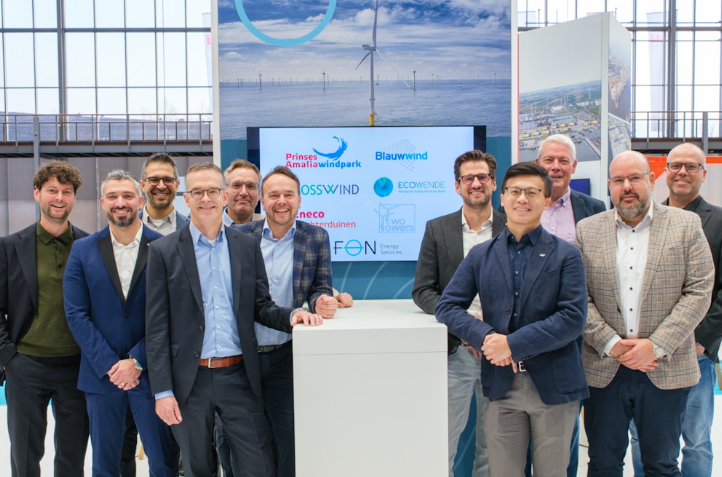

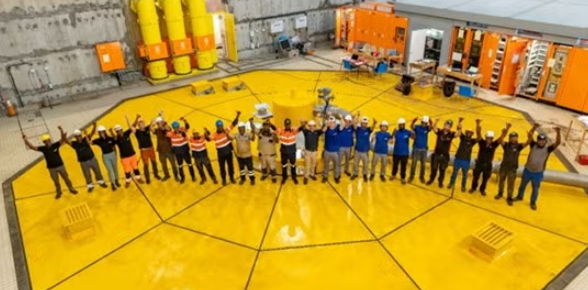
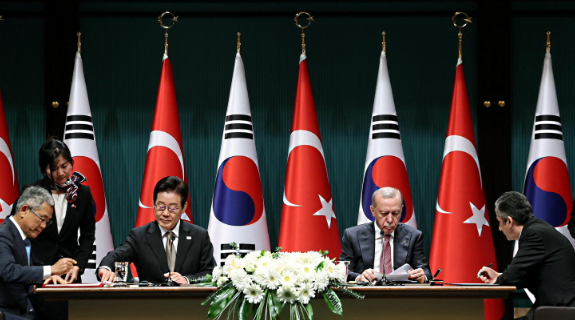
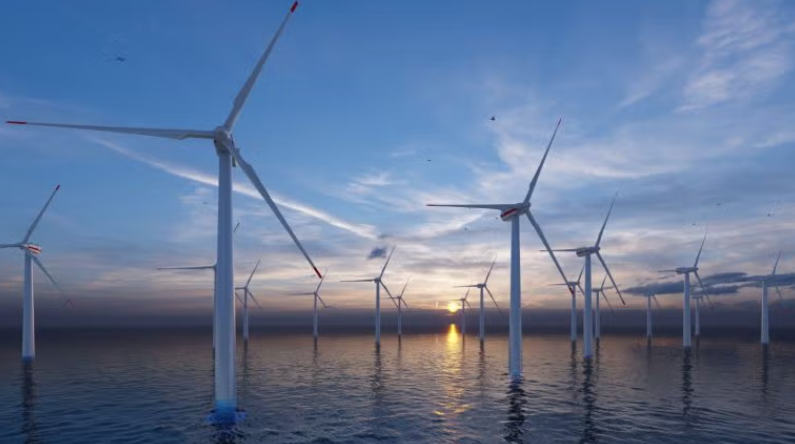

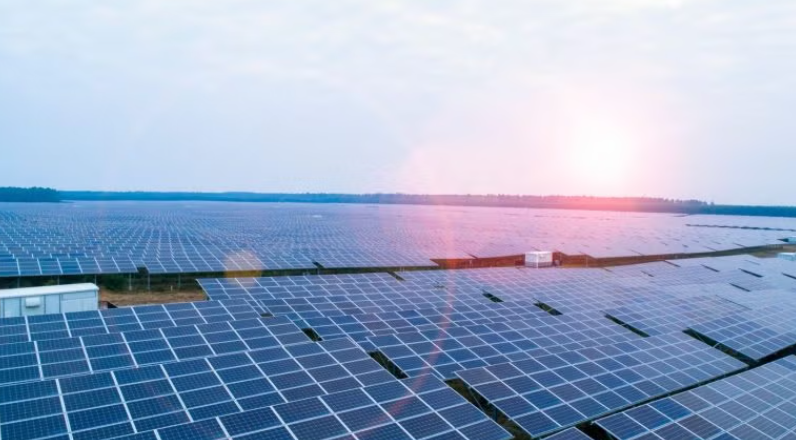
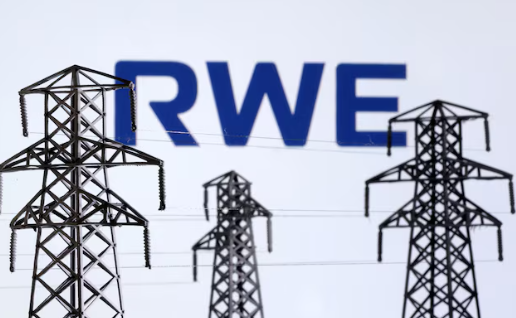






 京公网安备 11010802043282号
京公网安备 11010802043282号